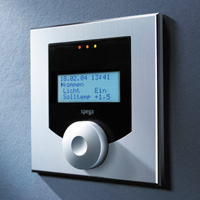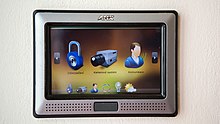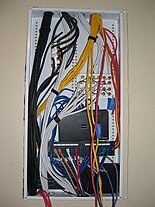Automotive Locksmith Salt Lake City - gate
- Midvale
- Salt Lake County
- Park City
Additionally, Bob's Lock, Safe & Key specializes in safe locksmith services. Whether you need a new safe installed, a safe opened, or a safe repaired, their team of experts is highly trained to handle all types of safes, from traditional models to more advanced electronic systems. Whether for personal or business use, Bob's Lock, Safe & Key can provide you with the best solutions to protect your valuable items and sensitive documents. With three locations in Salt Lake City, South Jordan, and West Valley, as well as a mobile locksmith service that covers the surrounding areas, Bob's Lock, Safe & Key ensures that their services are easily accessible to a wide range of customers. The company's service area includes Salt Lake City and neighboring areas such as Draper, Taylorsville, Tooele, and Bountiful, making it easy for residents and businesses throughout the region to access their locksmith services. What sets Bob's Lock, Safe & Key apart is their unwavering commitment to customer satisfaction. The company is fully licensed, insured, and bonded, and their technicians are highly trained to handle a variety of locksmith challenges. Whether you need routine lock repairs, emergency assistance, or advanced security system installations, Bob's Lock, Safe & Key delivers exceptional service every time. Their professional, reliable service has earned them a reputation as one of the leading locksmith service providers in Salt Lake City. The company's 24/7 emergency locksmith services are designed to provide immediate assistance when you are locked out of your home, car, or business, or when you need urgent repairs to your security systems. With their mobile locksmith service, Bob's Lock, Safe & Key can respond quickly to emergency situations, providing a fast and efficient solution to restore your security. No matter the time of day or night, you can rely on their team to provide you with the help you need. Bob's Lock, Safe & Key also offers special discounts to military personnel, firefighters, police officers, and seniors, showing their appreciation for those who serve and protect the community. These discounts further reflect their commitment to providing excellent service to all customers.
In addition to their wide range of locksmith services, Bob's Lock, Safe & Key offers free, no-obligation quotes to help you better understand the costs involved before making a decision. emergency service Whether you are in need of a simple key duplication, an emergency lockout solution, or an advanced security system installation, Bob's Lock, Safe & Key is committed to providing transparent, affordable pricing for all their services. The company's website offers easy access to detailed information about their services, as well as a simple way to get in touch and request an appointment or quote. With a focus on providing comprehensive security solutions and delivering fast, reliable service, Bob's Lock, Safe & Key has earned the trust of Salt Lake City residents and businesses alike. In conclusion, Bob's Lock, Safe & Key is the trusted locksmith service provider in Salt Lake City for anyone in need of reliable, professional, and efficient locksmith solutions. With over 50 years of experience, a wide range of services, and a commitment to customer satisfaction, Bob's Lock, Safe & Key has earned its place as the go-to locksmith company in Salt Lake City. Whether you require emergency assistance, new locks for your home or business, or advanced security systems, Bob's Lock, Safe & Key is the company to call for fast, expert service. Reach out today to learn more about their services or to schedule an appointment.










